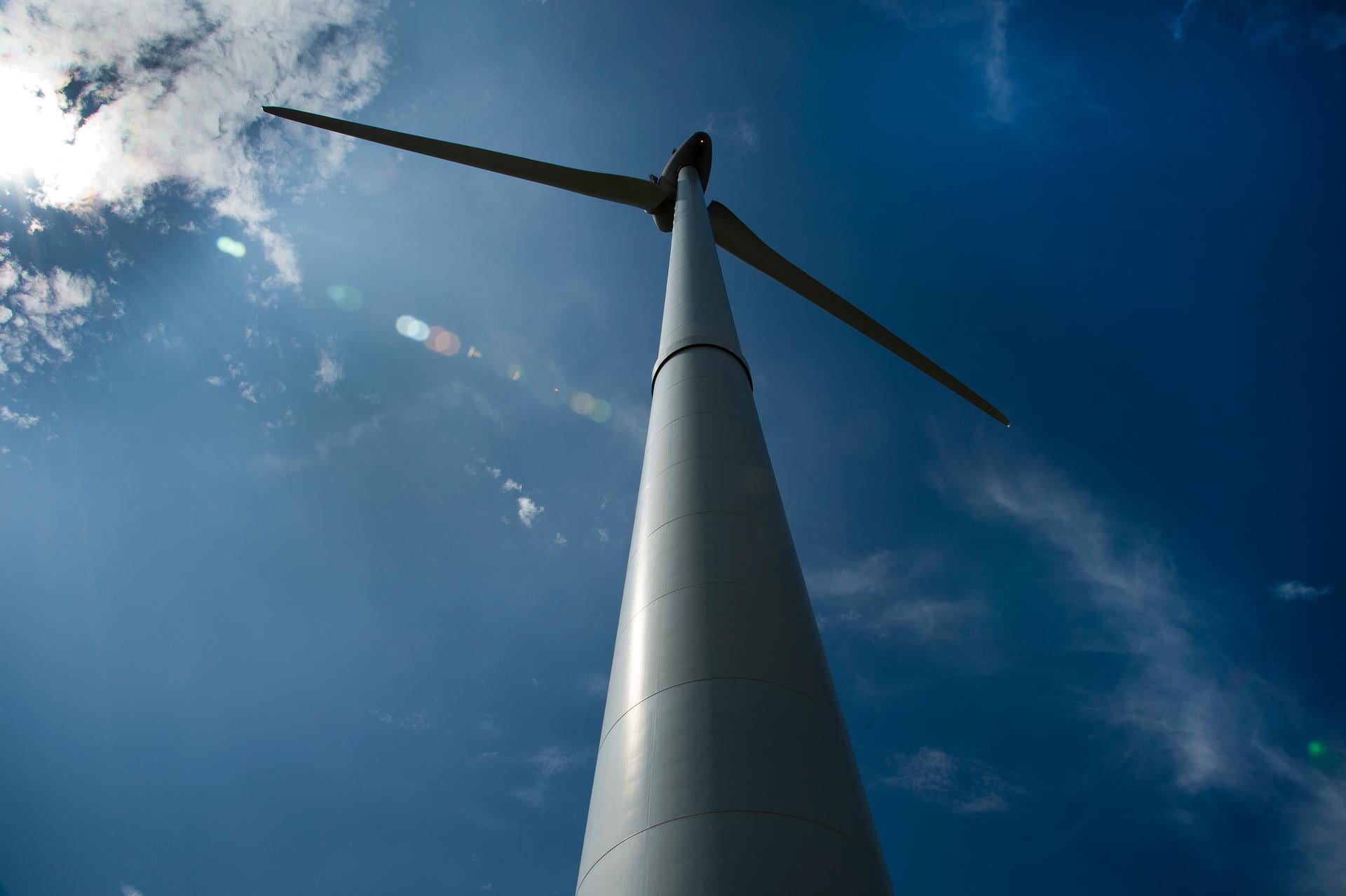The KNW-atlas is based on the ERA-Interim reanalyses dataset which captures 35 years (1979-2013) of meteorological measurements and generates 3D wind fields consistent with these measurements and the laws of physics. This dataset is downscaled using the state-of-the-art weather forecasting model HARMONIE with a horizontal grid of 2.5 km. The wind speeds were then tuned to match the measurements made at KNMIs 200 m tall meteorological mast at Cabauw and the same wind shear correction factor was applied uniformly throughout the whole KNW-atlas area. The result is a high resolution dataset of 35 years: the KNW-atlas.
The KNW-atlas has been validated against publicly available wind measurements from three tall offshore wind masts: OWEZ, FINO1 and MMIJ (Meteorological Mast IJmuiden). The difference between the measured wind speeds (averaged over periods when the mast measurements were undisturbed by nearby wind parks) and the KNW values is less than 0.2 m/s for all masts and all measurement heights. The validation results imply that the accuracy of the long term average wind speeds of the KNW atlas is comparable to that of the measurements (cup and sonic anemometer and LIDAR). The same can be said of the estimates of the once in 10 year extreme wind speeds for heights around wind turbine hub height.
Also a first attempt was made to validate the 10 m wind speeds of the KNW-atlas against scatterometer winds (10 m wind speeds derived from satellite measurements). Compared to the QuikSCAT 25 km product (1999-2009), the KNW-atlas overestimates the 10 m wind speed for most of the North Sea by less than 0.5 m/s. This is the opposite for the southern part of the North Sea (including the areas Borssele and Hollandse Kust). Here the KNW-atlas underestimates the 10 m wind speed by less than 0.5 m/s.
